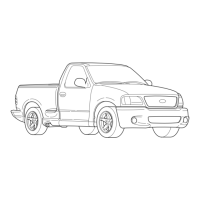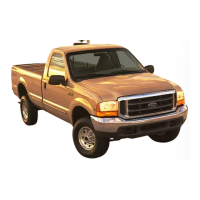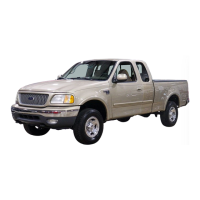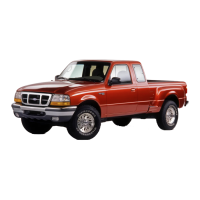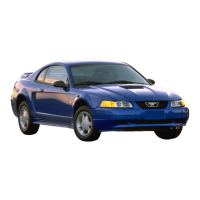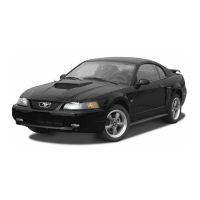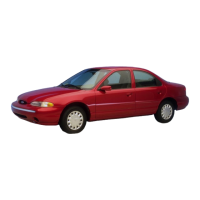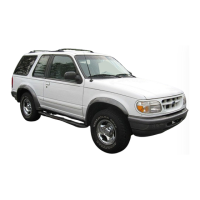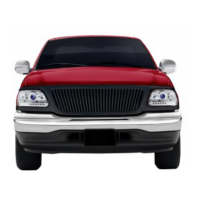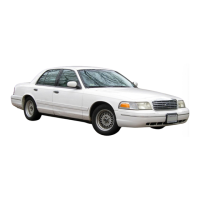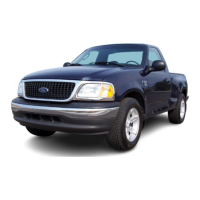
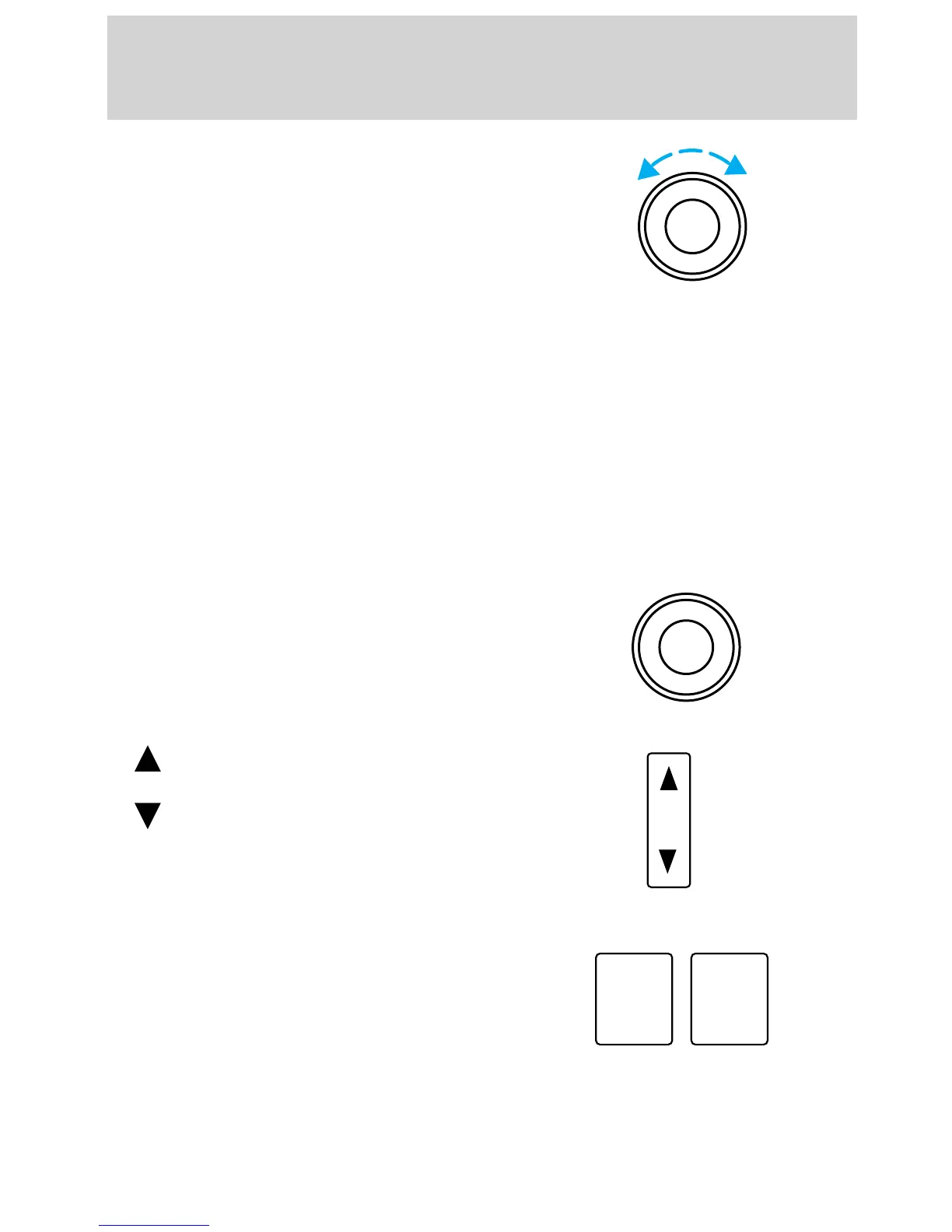 Loading...
Loading...
Do you have a question about the Ford 1999 F150 and is the answer not in the manual?
| Brand | Ford |
|---|---|
| Model | 1999 F150 |
| Category | Automobile |
| Language | English |
Guidelines for the initial period of vehicle operation to ensure proper break-in.
Information regarding the contents and validity of this owner's guide.
Important notices and advisories related to vehicle usage and safety.
Overview of the instrument cluster, steering wheel controls, and console features.
Detailed explanations of dashboard warning lights and their meanings.
Explanations of the fuel gauge, speedometer, coolant temp, oil pressure, etc.
Operation of headlamps, fog lamps, wipers, and washers.
How to operate the vehicle's HVAC system for comfort.
Detailed operation of the AM/FM stereo, CD player, and sound system.
Use of power windows, locks, mirrors, ignition, speed control, and 4WD.
Operation of remote entry, anti-theft, and door lock systems.
Instructions for adjusting manual and power front seats.
Essential safety information and precautions regarding seat belt usage.
Proper installation and use of child safety seats and restraints.
Understanding the SRS, its precautions, and how it functions.
Steps to take before starting the engine.
Step-by-step guide for starting the vehicle's engine.
Information on the vehicle's braking system, including ABS operation.
How to use the parking brake and operate the steering system.
How to operate automatic and manual transmissions.
Detailed guide for operating the 4WD system.
Advice for driving in sand, mud, water, and on hilly or icy terrain.
Guidelines for loading the vehicle and towing trailers.
General guidance on servicing and identifying engine components.
How to check and maintain engine oil, brake fluid, coolant, and washer fluid.
Care and maintenance of the vehicle's battery and tires.
Information on fuel types, octane, and emission control systems.
List of Motorcraft part numbers for common vehicle components.
Table detailing fluid capacities for various vehicle systems.
Key engine specifications including horsepower and torque.
Dimensions of the vehicle body styles.
